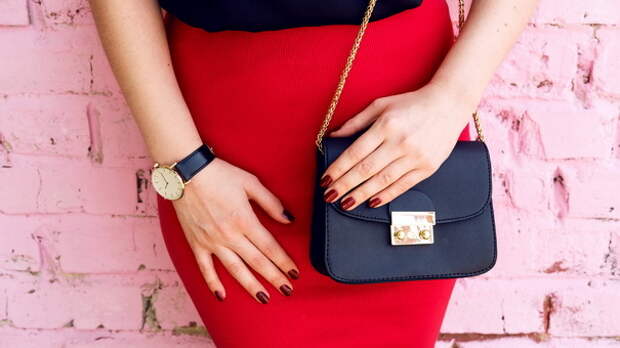Author: Paul Michael / Source: Wise Bread

The counterfeit goods business is a big problem, so big that it’s valued at $461 billion as of 2013. Knockoffs are everywhere, and can be found in almost every product line. It’s not just watches and purses, but razor blades, laundry detergent, cosmetics, toys, medications, and even fish, wine, and milk.
And counterfeiters are getting more sophisticated with their copies. So, how do you protect yourself? Here are 10 ways to avoid getting taken.1. The price is too good to be true
You can argue that some brands are way overpriced (Kanye West really does sell a plain white T-shirt for $120). The price of any legitimate product you purchase goes way beyond the cost of materials. You’re paying for fancy ad campaigns, design and research costs, quality materials, and many other factors. Knockoff brands don’t have to incorporate any of that, so although they look almost identical, they can be priced at 75 percent less than the original, and that should be an immediate red flag. (See also: The High Cost of Cheap Clothes)
2. It’s not available from the original retailers
Retail stores and trusted online sites go to great lengths to keep fakes out of the system. They also have the power to help authorities track down the suppliers of knockoffs. If you see incredible prices online for brands you know to be much more expensive, they will be on unfamiliar, sketchy-looking sites.
If someone is selling these items on the streets of your town or city, that’s also a major warning sign. Not only will you be risking more than just the purchase of a fake brand, but you have no way to return the illegal purchase.
Even eBay has had trouble with knockoffs, and will often have to remove sellers when they find out the items are counterfeit.3. You find mistakes and typos
Knockoff products do not go through the rigorous quality controls that legal items must endure. It’s extremely rare to find errors on legitimate products, and those that do have them are usually marked down and sold in outlets. If you see spelling errors, especially in logos, then it’s a fake. If you see highly visible typos (not something buried in legal verbiage), then it’s almost certainly fake. If you notice that the color combinations are way out of character for the brand, then it’s most likely a knockoff.
4. The materials look and feel wrong
If you examine the product and it feels off, it’s good to trust your gut. It could be way lighter…
The post 10 Ways to Spot a Knockoff appeared first on FeedBox.